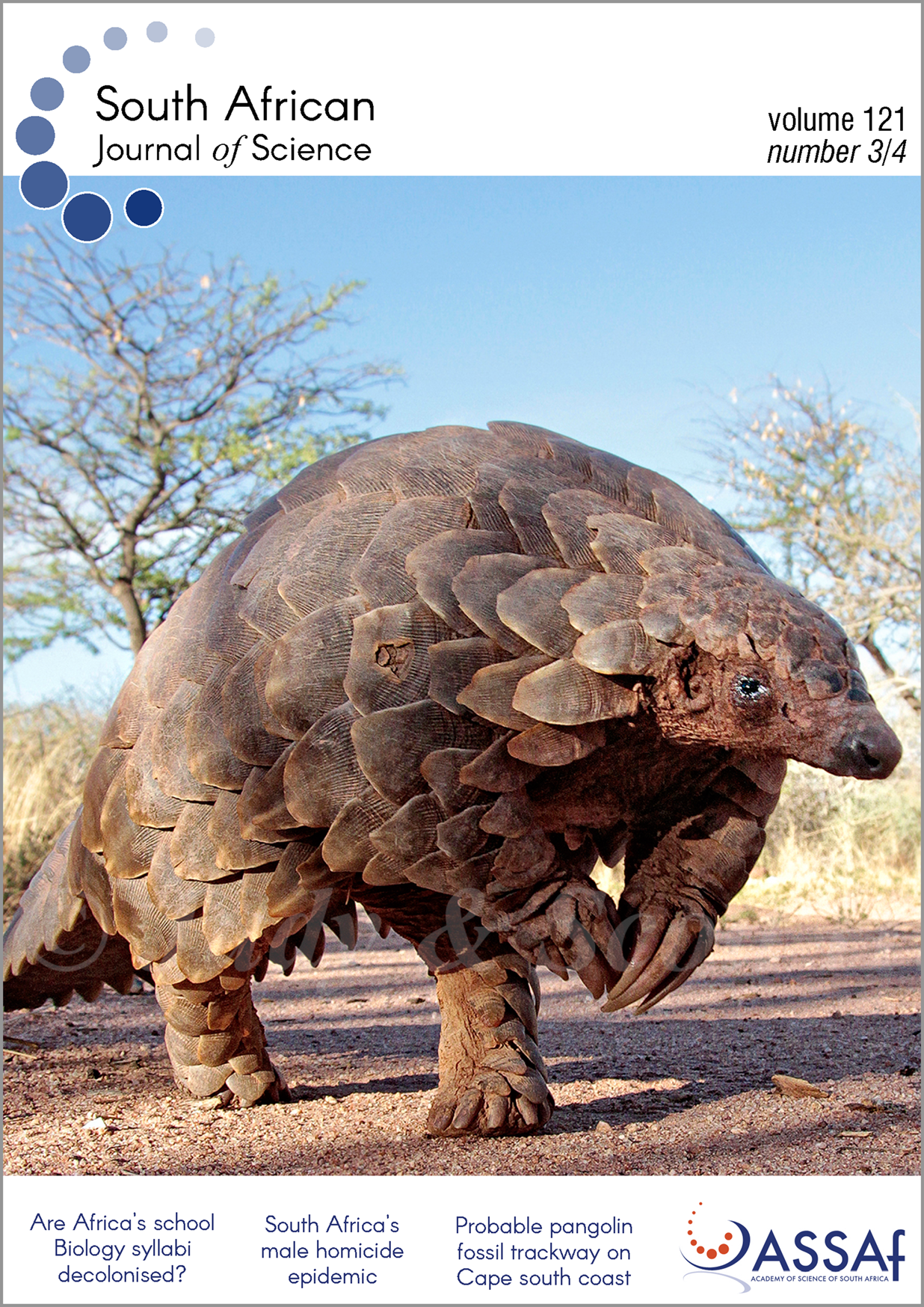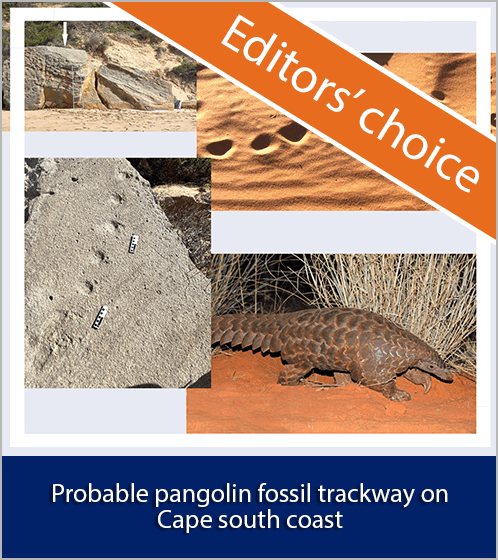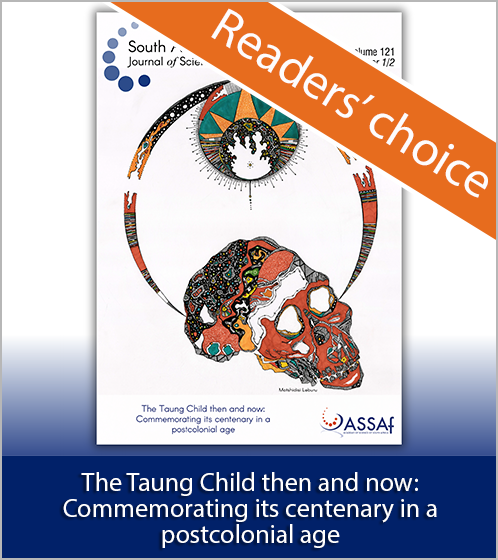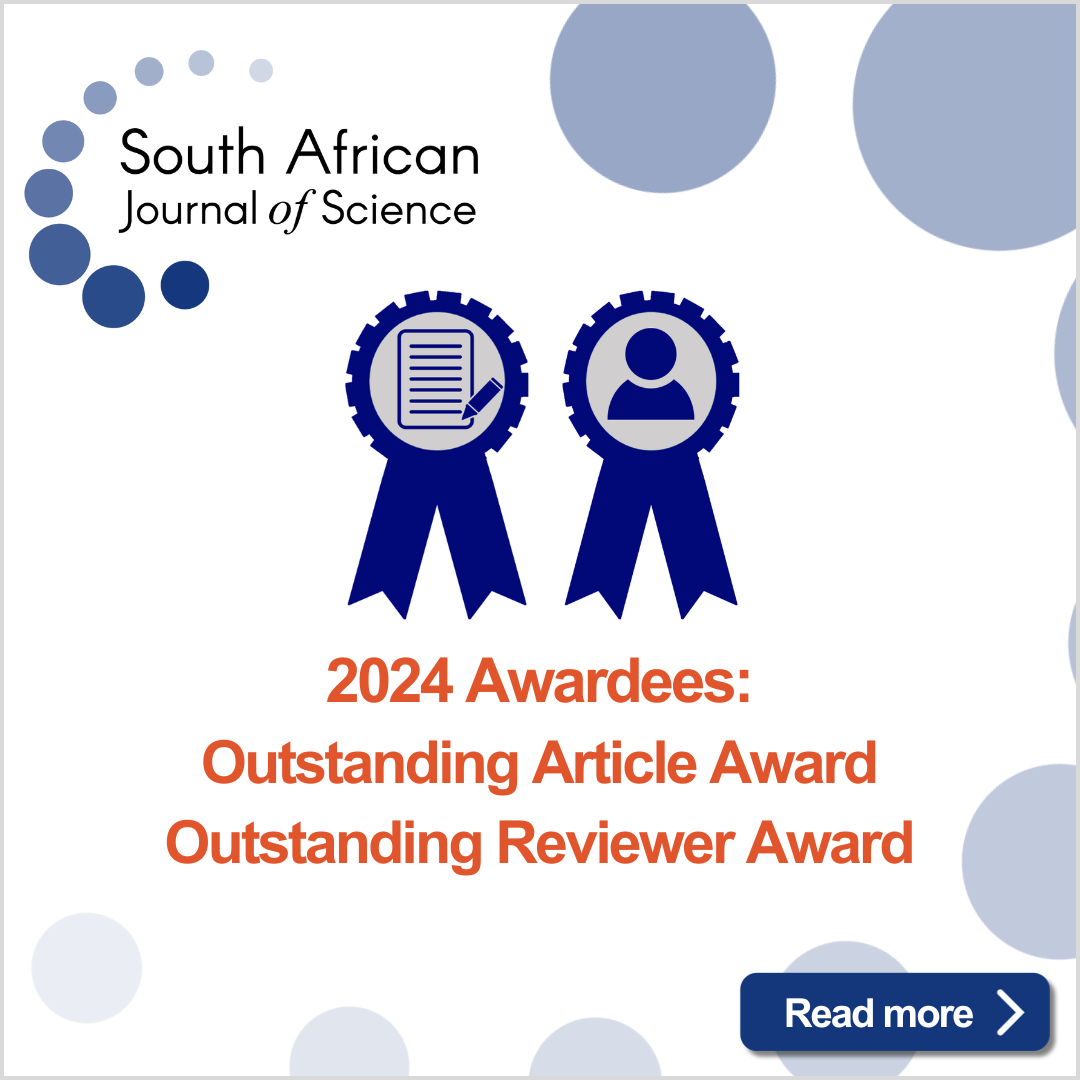Radiological risk assessment of cement used in contemporary South African buildings
DOI:
https://doi.org/10.17159/sajs.2025/16778Keywords:
activity concentrations, radiological hazards, cement, radionuclides, excess lifetime cancer riskAbstract
Using a calibrated NaI(TI) and a well-shielded detector connected to a computer-resident quantum multichannel analyser, the radionuclide contents of primordial radionuclides (226Ra, 232Th and 40K) were evaluated in commonly used cement brands in South Africa, and the associated radiation risk parameters were calculated. The reported activity concentrations varied from 8.00 ± 2.83 to 45.00 ± 2.79 Bq/kg, 12.00 ± 0.90 to 32.00 ± 0.51 Bq/kg and 454.00 ± 0.56 to 1765.00 ± 0.93 Bq/kg for 226Ra, 232Th and 40K, respectively. The absorbed gamma dose rate, annual effective dose equivalent, annual gonadal dose equivalent, excess lifetime cancer risk, gamma index and alpha index were utilised as the radiological health impact metrics to evaluate the potential radiation risks. The determined radiological health impact parameter results were below the relevant radiation safety authorities’ recommended reference levels for building materials. Therefore, the use of cement products as building materials presents no significant risk in the study areas.
Significance:
The results of this study contribute to understanding the radiological risks associated with different brands of commonly used cement in South Africa and provide fundamental data for the activity concentrations of primordial radionuclides 226Ra, 232Th and 40K. These studies have been instructive from a building materials radiation safety viewpoint and reveal that the assessed risk parameters fall within the recommended safety limits. This is significant from the perspective of environmental health and radiological protection concerning the safe use of the studied cement. The methodology and findings can also inform similar studies in other regions, enhancing global awareness of material safety standards.
Downloads
Published
Issue
Section
License

All articles are published under a Creative Commons Attribution 4.0 International Licence
Copyright is retained by the authors. Readers are welcome to reproduce, share and adapt the content without permission provided the source is attributed.
Disclaimer: The publisher and editors accept no responsibility for statements made by the authors
How to Cite
- Abstract 196
- PDF 274
- EPUB 67
- XML 69
- Peer review history 142












.png)